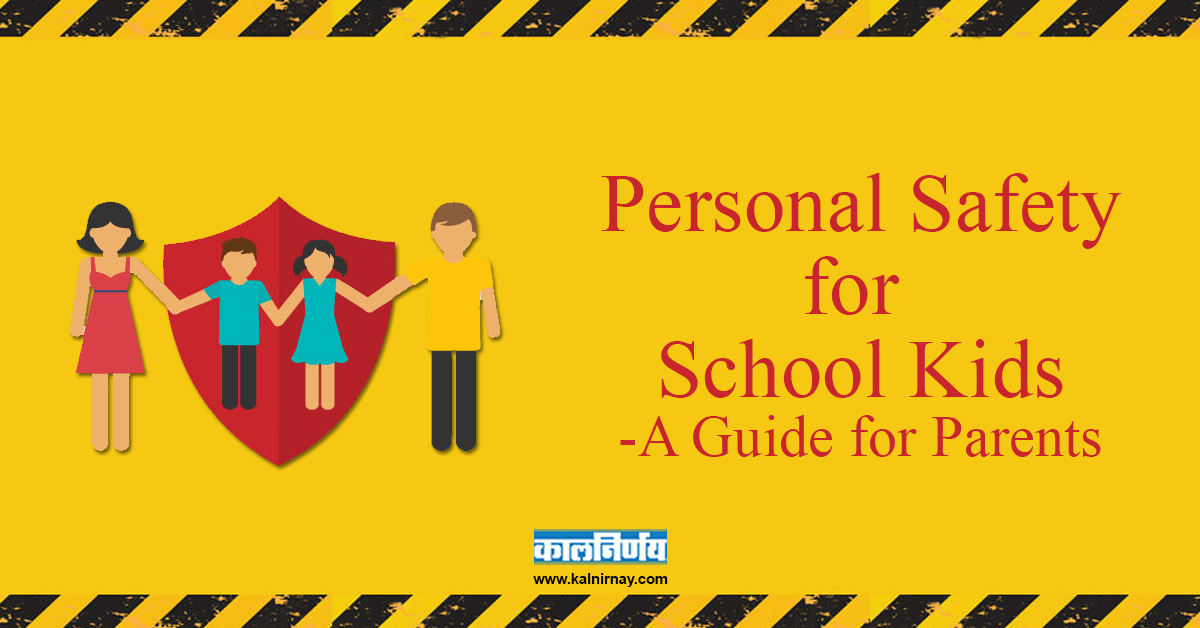The 2007 National Study conducted by the Ministry of Women and Child Development revealed the shocking state of children’s safety in our country – 53% of the children interviewed, were reported to have been abused or continue to experience abuse. The findings of the survey were :
- There was no significant difference in the gender of the children who reported being abused.
- Most children had not shared or reported the incident to anyone.
- In 90% of the cases, the abuser was known to the child (parent, neighbour, relative, family friend).
With newspapers and media reporting such cases on a daily basis, there is an awareness, but going by the above statistics, children do not report the incidents. This is mainly due to fear, guilt or shame. So how does a parent ensure that the child is safe? How do you identify if your child has experienced abuse and how does one deal with it? Here are a few pointers.
Creating a safe environment for children:
As parents, we want the best for our children. However, unknowingly we could be putting them at risk. Some problem areas are :
Socialising: If your child is uncomfortable with a person or any physical contact like kissing, sitting on the lap, do not insist or force your child into the situation. Let the child know that it’s alright to say NO.
Boundaries: Avoid changing your child’s clothes in public. Do not encourage them to urinate in public spaces. This violates a child’s sense of privacy. It also desensitizes them to exposing self in public.
Caretakers and support staff: Encourage the child to inform you if someone makes them uncomfortable.
Signs of distress in children:
Even though you’ve taken all the precautions, it is important to recognize signs of possible abuse to ensure the child gets help in time:
- Being fearful, crying, refusing to leave the parent.
- A drastic change in eating and/or sleeping patterns.
- Frequent complaints of a headache or stomach ache.
- Becomes aggressive, is irritable, appears secretive.
- A sudden drop in grades at school, frequent complaints from school.
- Avoids certain people, places; prefers to be alone.
- Has unexplained bruises, aches and pains, infections in private parts.
- Touches self or uses language or has knowledge of sexual activity beyond his/her age.
- Often, parents find it difficult to get the child to open up. It can get especially harder if the child is distressed. In such a situation, it is advisable to consult a counsellor.
Handling disclosure :
When the child discloses having experienced any sort of abuse or if you discover through other means that your child has been abused :
- Listen to the child without interruptions or questions.
- Tell the child, “I believe you.”
- Be calm and help the child be calm. Do not react or show anger or anxiety.
- Assure the child it is not his/her fault.
- Tell the child, he/she has done the right thing by telling you about it. If necessary, get your child examined by a doctor.
Teaching Points:
It is essential that we teach the child how to recognise danger, deal with it, and to report it immediately. Educate the child about their private parts and their names. Using the right vocabulary is the first step toward building their ability to talk comfortably.
- Educate your child about the wrong touch and that no one can touch their private areas except for their parents. Children should know that if anyone does touch them inappropriately, they must inform the parents immediately.
- Teach your child that if anyone ever approaches them to touch them or show them pictures or take pictures of them, they must scream ‘NO’ and run away.

